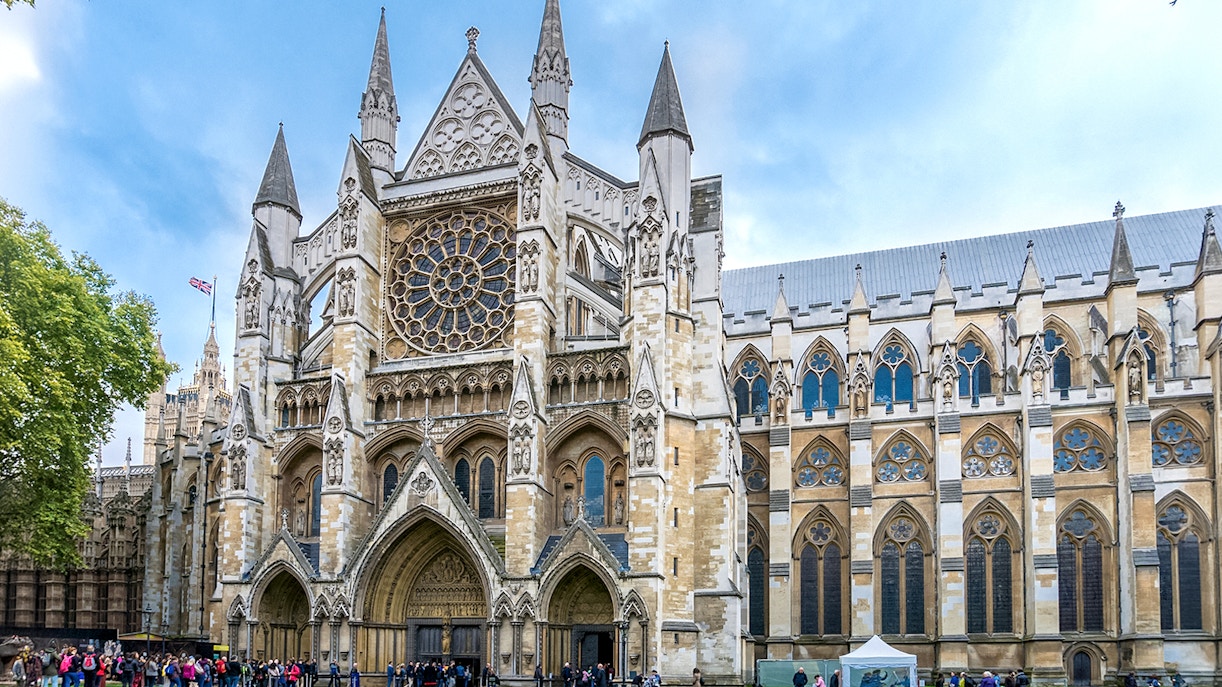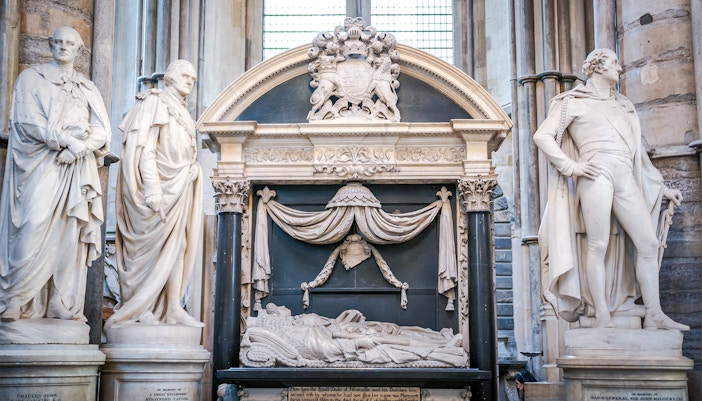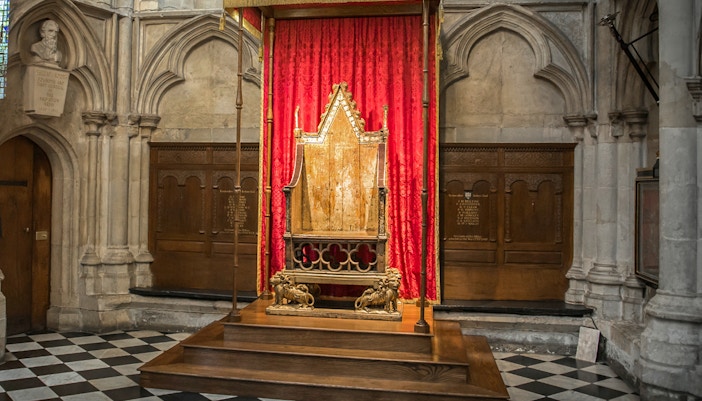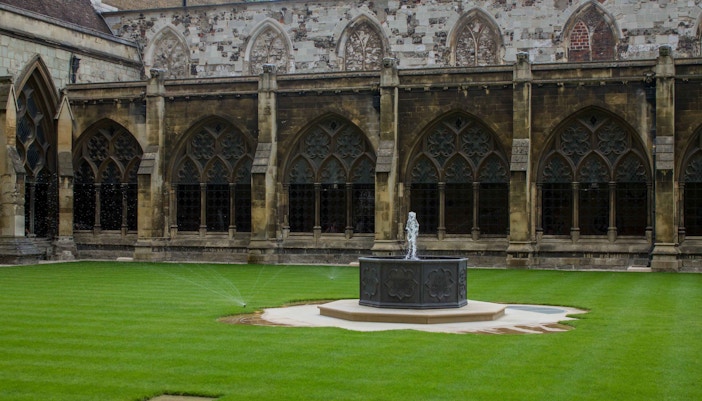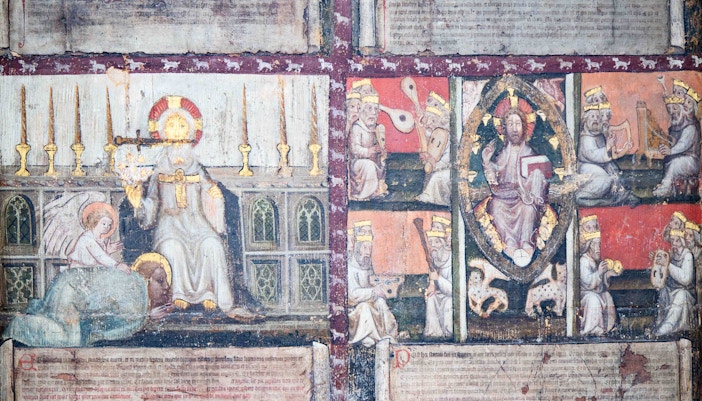- Official name: The Collegiate Church of St Peter
- Function: Cathedral
- Location: Dean's Yard, London SW1P 3PA, United Kingdom
- Opened in: 1269
- Area: 32,000 sq. ft
- Architectural style: Gothic
- Main architects: John of Gloucester, Henry of Reyns, Robert of Beverley, and Ptolemy Dean (there are many more architects involved but these are the primary ones)

